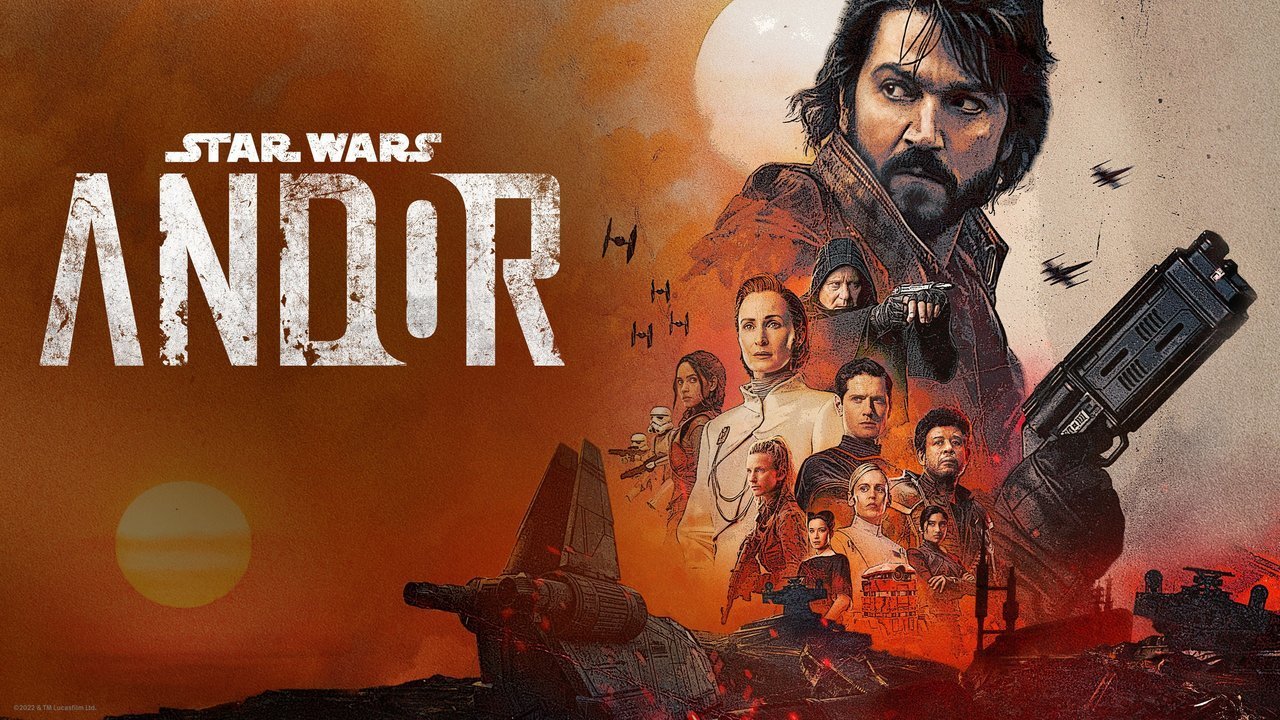Kitbashing: What Is It And How Did It Impact 'Star Wars'
The Star Wars movies are known for revolutionizing filmmaking. The saga is chock full of iconic characters, sound effects, and storytelling. It’s also known for its iconic spaceships. Anywhere in the world, people will recognize the beat-up look of the Millennium Falcon, the solar panel wings of the TIE fighter, the immense wedge-shaped Imperial Star Destroyer, and the simple but effective look of the X-wing. But how do these ships become so immersed in the heart of society? It’s all due to the talent, creativity, and engineering know-how of the modelmakers at ILM, that developed the look of each ship’s design.
The process of fleshing out each ship’s purpose and personality (yes, ships have personalities) comes from a process called kitbashing. Kitbashing is a term used when various model kits are mixed (bashed) together to add detail to a model at a point when it’s built but still lacking any detail. Kitbashing really brings together the look of the final product. It’s important to determine the scale of the model as well. For example, a 1/72 scale means one inch equals 72 inches or 6 feet. Going through a kit’s part trees and deciding which parts look interesting and help bring the model alive is a super exciting and fulfilling process in model making. But it’s more than picking random pieces.
RELATED:
We’ve all heard that Lucas wanted Star Wars to have a used look, but it also needed to make sense. Each ship’s design needed to be simple but easy to remember. And each detail should look like it belonged there. Guys that worked in the model department on the original Star Wars like John Dykstra, Ken Ralston, Richard Edlund, Dennis Muren, Robert Blalack, Joe Johnston, Phil Tippett, Steve Gawley, Lorne Peterson, and Paul Huston, could fabricate a model so fast it would make your head spin, whereas it would take an amateur like me weeks to figure out. Moreover, they had the experience of fixing any unforeseen issues that arose.
Sounds easy, right? Just pick some parts from a model kit and glue them on a model, and bam, you’re on your way! Not quite. There’s a strategy to it. First, you have to keep in mind (just like creating anything) how you want it to look. What is its purpose? What are you trying to say? There were specific kits that the ILM guys really preferred too. Many of them preferred using kits of old WWII tanks, artillery, and railroad guns like the Anzio Annie, whose parts were used to help build the Falcon. And the little bits of detail had a name. They were called greeblies or greebles, coined by George himself. The model makers also preferred certain manufacturers like Tamiya, Hasegawa, and Airfix. They tend to have the best quality kits.
What’s fun about kitbashing is you can modify the pieces you choose by cutting the unnecessary bits off. It’s all part of the creative process - making things look exactly how it looks in your mind’s eye. But like most creative projects, they tend to be abandoned and not completed. In the video below, Adam Savage (of Mythbusters fame), who also worked on Attack of the Clones, the Matrix sequels, and Space Cowboys, kitbashed a one-day build from an image from a comic book. The way it works is, and Adam explains this in the video, the art director for a film will show the modeling department an image and say, “build that.” The trick is building a 3D model from a 2D image. So part of the process is determining what the ship looks like on the unseen side of the image.
In recent years, Kitbashing has given way to CGI, but not without a fight. With shows like The Mandalorian, practical effects are making a comeback. CGI makes anything you can imagine possible. With modelmaking, you have to use your ingenuity to make things look believable, and there’s satisfaction in building something with your own hands.
Last November, I saw a presentation by John Goodsen (Attack of the Clones, The Mandalorian) at the Omni Theater in Boston and listened to him talk about his experiences working on Star Wars. First, it’s weird to find out that just because they worked on a movie doesn’t mean they liked the movie. But it was fascinating listening to his process of building models and the problems they had to solve. I remember him recalling how Lucas had a memory like nothing he’s ever seen before or since.
Kitbashing/model making is a highly satisfying hobby. Being creative, regardless of what field, is essential to being human, creating something that didn’t exist before except in your imagination. Happy building!
READ NEXT:



